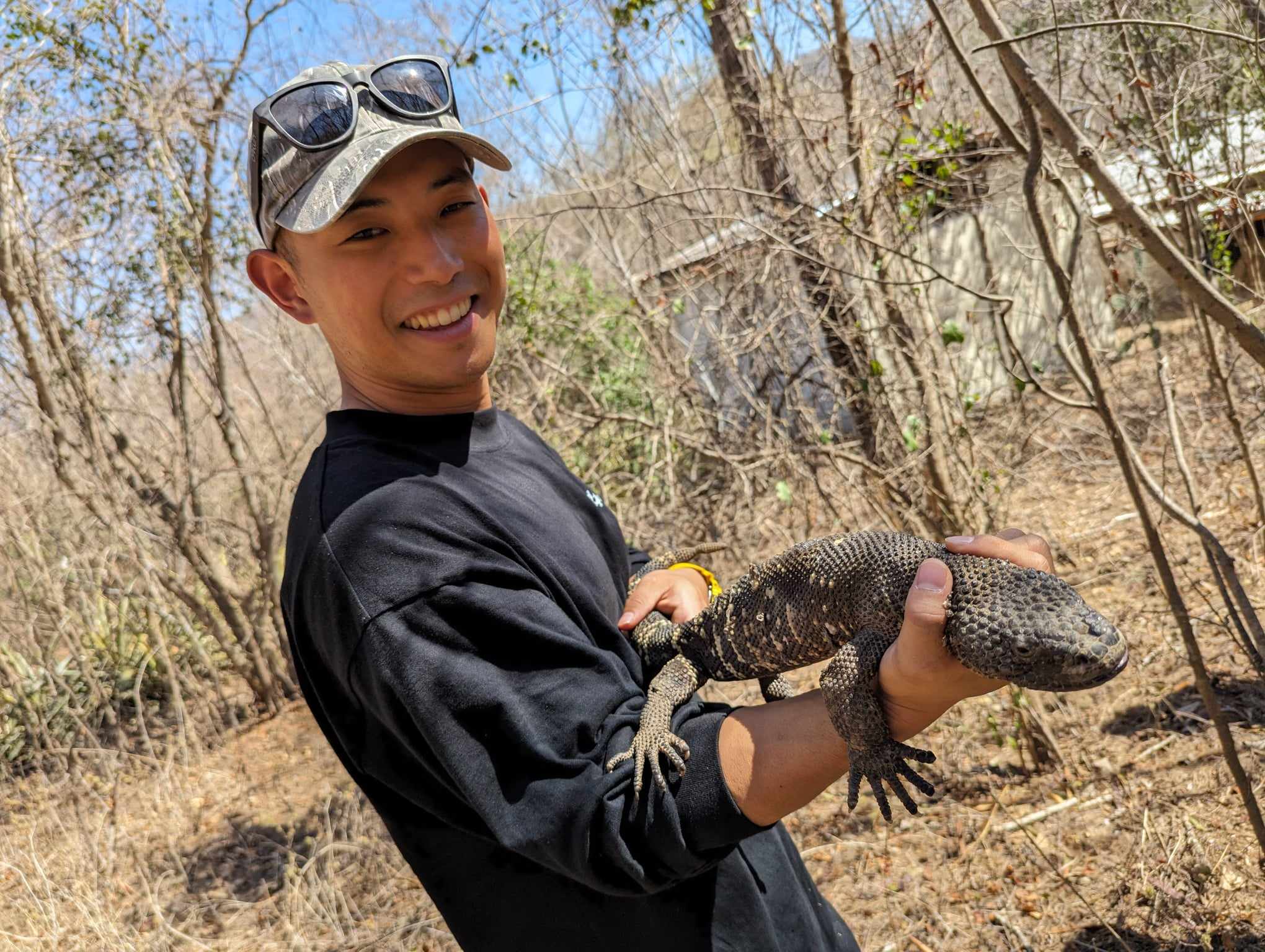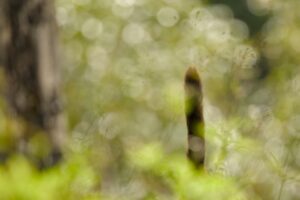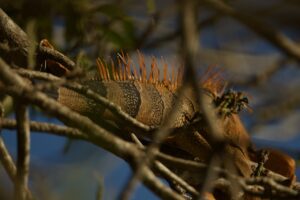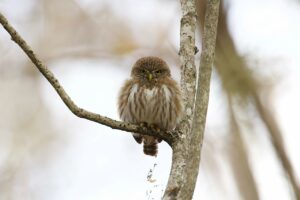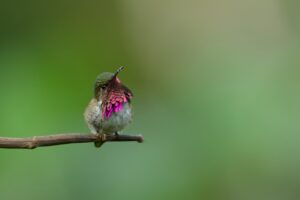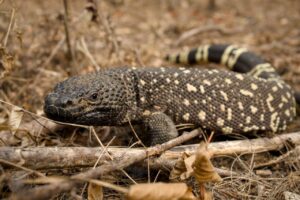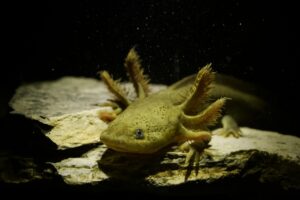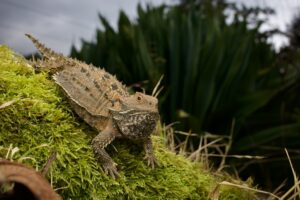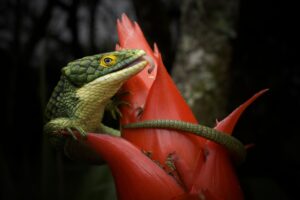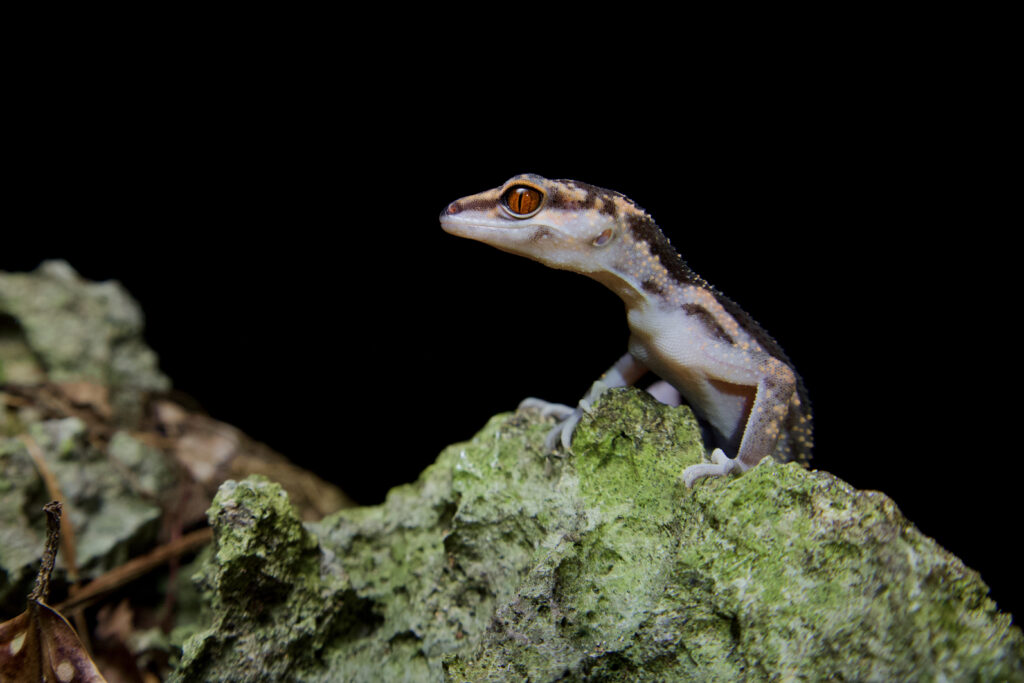
Nestled amidst the lush landscapes of the Okinawan archipelago in Japan, the Japanese Cave Gecko, scientifically known as Goniurosaurus kuroiwae, stands as a testament to the ancient lineage of reptiles that have roamed these islands for millennia. With its distinct morphology and intriguing behaviors, this enigmatic creature offers a captivating glimpse into the evolutionary history of lizards.
Discovering a Living Fossil
The Japanese Cave Gecko is an endemic species found across four islands in the Okinawan archipelago, each harboring unique populations classified into five subspecies based on morphological differences. While belonging to the broader family of geckos, it holds a primitive status within the group, making it a vital subject for studying the evolution of lizards.
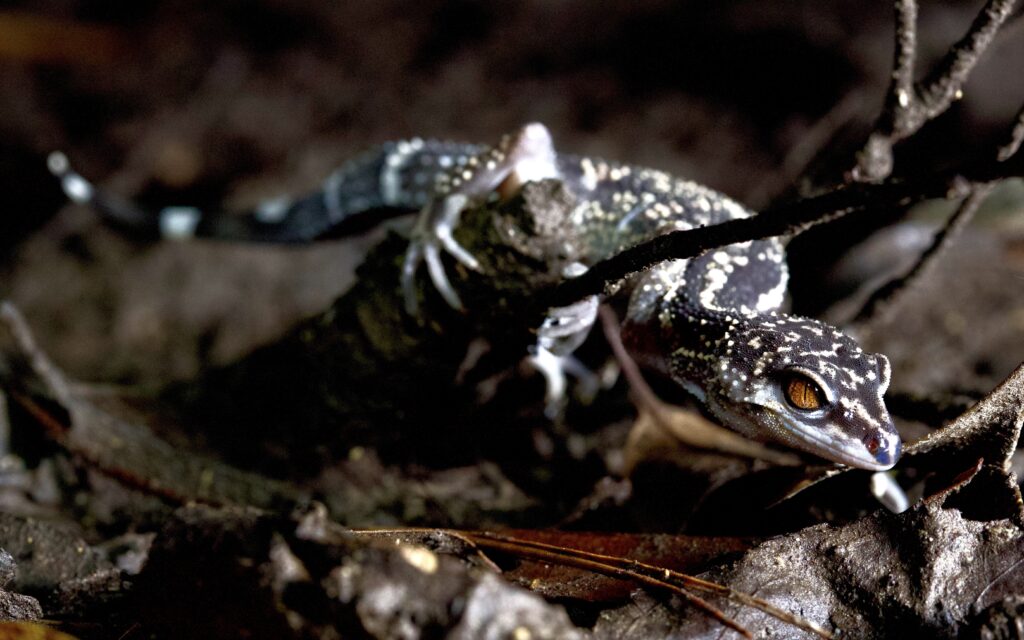
Unveiling its Unique Traits
Measuring between 14 to 19 centimeters in length and weighing between 7 to 17 grams, the Japanese Cave Gecko boasts distinctive features not commonly found among other gecko species. Unlike its counterparts, it possesses the ability to close its eyelids. Its stout build is adorned with a striking black-brown base color, adorned with horizontal stripes of yellow-white or peach-white, adding to its allure.
A Creature of the Night
Preferring the damp forest floors of lowland and mountainous regions, the Japanese Cave Gecko is primarily nocturnal, rarely seen during daylight hours. Emerging from its hideouts after sunset, it patiently waits to ambush soil-dwelling creatures such as insects, spiders, and centipedes. Reproduction occurs between May to August, with females laying two eggs at a time, typically nesting 2 to 3 times per season.
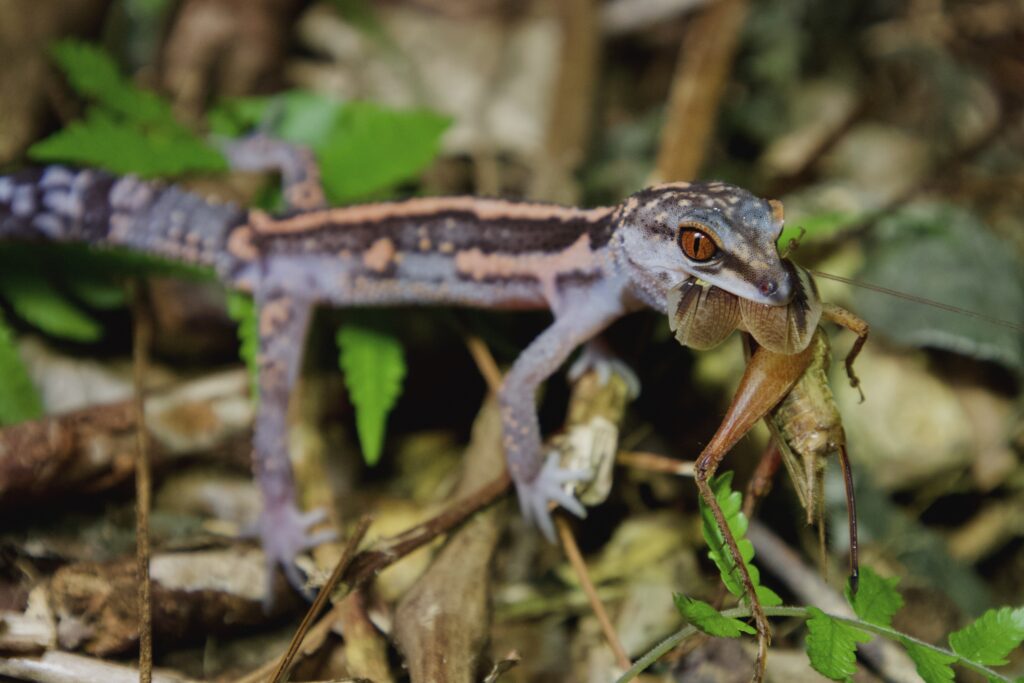
Challenges and Conservation
The Japanese Cave Gecko faces numerous threats, including habitat loss due to development, illegal collection, and competition from invasive species. Consequently, its population has dwindled over the years. Recognized as a natural monument of Okinawa Prefecture and a domestically rare species, it enjoys legal protection under various laws.
Admiring from Afar
Despite its restricted distribution and elusive nature, the Japanese Cave Gecko continues to fascinate researchers and enthusiasts alike. Its ability to regenerate its tail, coupled with its unique eye structures, make it a subject of intrigue and study. While regulations prohibit handling these geckos, their presence serves as a reminder of the importance of preserving Japan’s rich biodiversity.
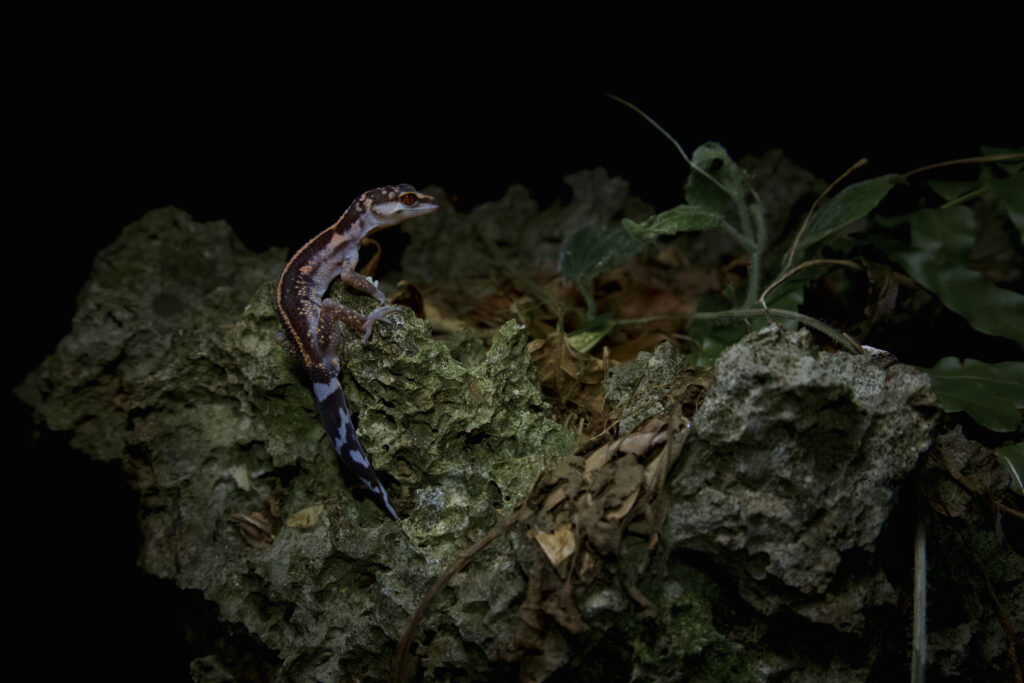
Conclusion
The Japanese Cave Gecko stands as a living relic, offering a window into the ancient past of Japan’s island ecosystems. As we strive to conserve and protect these remarkable creatures, let us also marvel at the wonders of evolution and the diversity of life that thrives in our world.

